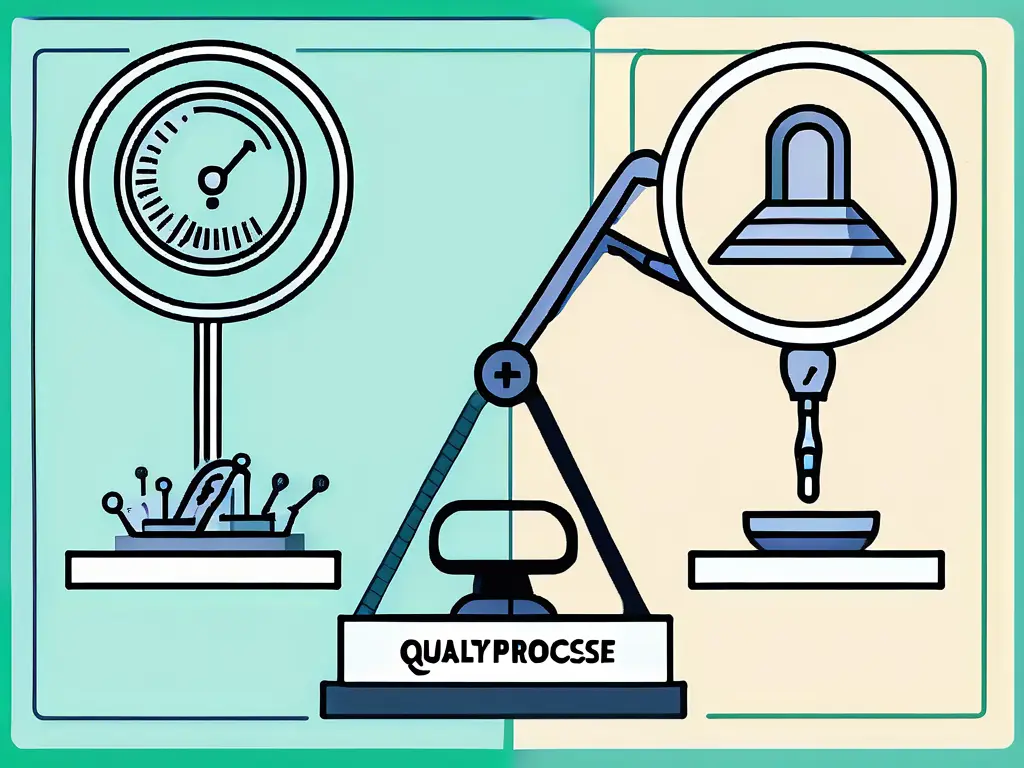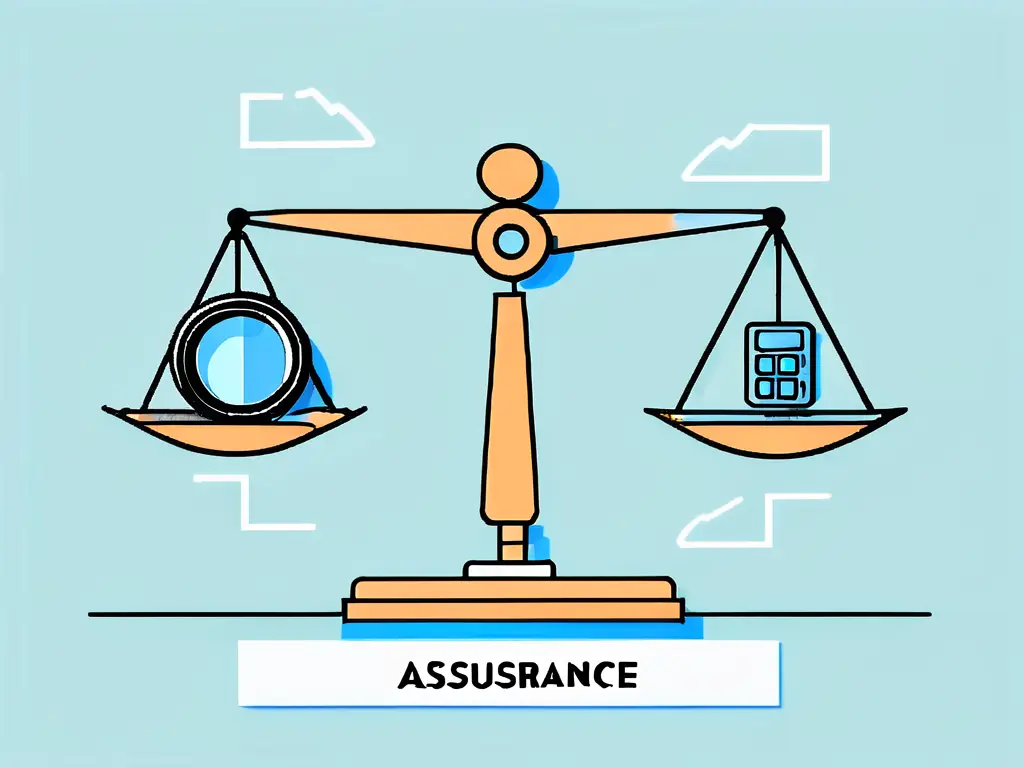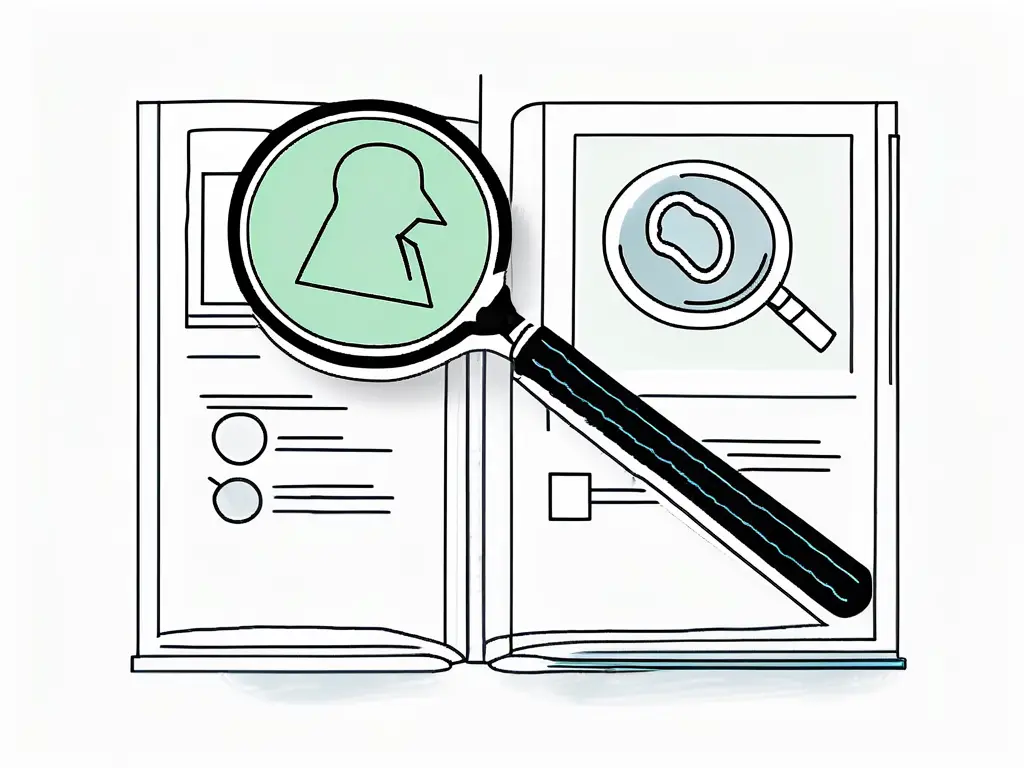Updated October 26, 2024
In the business world, ensuring the quality of products and services is of utmost importance. Two terms often come up in discussions about quality are “Quality Assurance” and “Quality Control.” While these terms may sound similar, they have distinct meanings and play different roles in ensuring the overall quality of a product or service. Understanding the difference between quality assurance and quality control is crucial for businesses aiming to deliver exceptional products or services. In this article, we will delve into the definition of quality assurance and quality control, explore their key processes and elements, analyze their differences, and examine their impact on business success.
Defining Quality Assurance
Quality Assurance (QA) is a proactive, systematic approach to preventing defects, errors, or issues in the production process. It involves establishing processes, procedures, and standards to ensure the end product meets specific quality requirements. The primary goal of quality assurance is to identify and mitigate risks before they impact the final product or service.
The Purpose of Quality Assurance
Quality assurance builds confidence in a product or service’s quality. It provides a framework to ensure all processes are designed, documented, and consistently followed to meet predetermined quality standards. By implementing quality assurance practices, businesses can reduce the likelihood of defects, errors, and customer dissatisfaction.
Processes in Quality Assurance
Quality Assurance encompasses several key processes that work together to ensure the overall quality of a product or service. These processes include:
- Quality Planning: Developing a comprehensive plan to define quality objectives and establish the necessary processes and resources.
- Quality Control: Monitoring and verifying that the established processes are followed and standards are met.
- Quality Improvement: Continuously reviewing and enhancing processes to drive greater efficiency and effectiveness.
- Training and Education: Providing employees with the necessary knowledge and skills to perform their tasks accurately and precisely.
By implementing these processes, businesses can proactively address potential quality issues, improve operations, and deliver products or services that meet or exceed customer expectations.
Quality assurance is not just limited to the production process. It also extends to other business areas, such as customer service. For example, a company that provides technical support for its products may have a quality assurance team dedicated to ensuring that customer inquiries are handled promptly and accurately. This can involve monitoring call center interactions, conducting regular training sessions for support staff, and continuously implementing feedback mechanisms to improve the customer experience.
Quality assurance is not a one-time activity but an ongoing process. It requires regular monitoring, evaluation, and adjustment to meet changing customer needs and industry standards. This may involve conducting periodic audits, analyzing customer feedback, and benchmarking against competitors to identify areas for improvement.
Quality assurance is crucial in ensuring that businesses consistently deliver high-quality products and services. By investing in quality assurance practices, organizations can enhance their reputation, build customer trust, and gain a competitive edge in the market.
Understanding Quality Control
Quality Control (QC) is a reactive approach that focuses on identifying defects, errors, or issues in the final product or service through rigorous testing and inspection. It involves monitoring and evaluating the actual output against the predefined quality standards. The primary goal of quality control is to ensure that the final product or service meets the desired quality criteria.
The Role of Quality Control
Quality control involves identifying and rectifying defects, errors, or issues in the final product or service. It also involves conducting inspections, tests, and audits to ensure compliance with established quality standards. By implementing quality control practices, businesses can identify and address quality issues before the product or service reaches the customer.
Essential Elements of Quality Control
Quality Control comprises several essential elements that contribute to the overall quality of a product or service. These elements include:
- Inspection: Thoroughly examining the product or service to identify any deviations from the desired quality standards.
- Testing: Conducting various tests to evaluate the product’s functionality, performance, and reliability.
- Auditing: Verifying that the production processes comply with the established quality standards.
- Corrective Actions: Taking necessary measures to rectify any identified quality issues and prevent their recurrence.
By incorporating these elements into their quality control processes, businesses can ensure that their products or services meet the highest quality standards and satisfy customer expectations.
One key benefit of quality control is that it helps businesses build a reputation for delivering consistent and reliable products or services. When customers know that a company has implemented rigorous quality control measures, they can trust that the products or services they receive will meet their expectations.
Quality control also plays a crucial role in cost reduction. By identifying and rectifying quality issues early on, businesses can avoid costly rework, product recalls, or customer dissatisfaction. This saves money and helps maintain a competitive edge in the market.
Quality control promotes continuous improvement within an organization. By analyzing the data collected during inspections, tests, and audits, businesses can identify trends and patterns that highlight areas for improvement. This allows companies to implement corrective actions and make necessary adjustments to their production processes, ultimately enhancing overall efficiency and effectiveness.
The Distinct Differences Between Quality Assurance and Quality Control
While quality assurance and quality control are interconnected and often overlap, they differ in goals, objectives, methodologies, and focus.
Understanding these differences is crucial for organizations aiming to consistently deliver high-quality products and services. Quality assurance is a proactive measure that ensures production processes are robust and efficient, thereby minimizing the chances of defects and errors. It involves continuous monitoring and improvement of processes to meet the desired quality standards.
On the other hand, quality control acts as a reactive mechanism to identify and rectify any issues in the final product or service. It involves thorough inspections, testing, and analysis to maintain the quality standards set by the organization. Quality control plays a vital role in ensuring customer satisfaction and loyalty by focusing on the end product.
Comparison of Goals and Objectives
The primary goal of quality assurance is to prevent defects, errors, and issues from occurring in the production process. It focuses on building robust processes and systems to ensure that the end product or service meets the predetermined quality standards. On the other hand, the primary goal of quality control is to identify and rectify any defects, errors, or issues in the final product or service. It aims to evaluate the product or service against the established quality standards and ensure compliance.
Quality assurance strives to create a quality culture within an organization by involving all stakeholders in the process. It emphasizes training, documentation, and continuous improvement to enhance the overall quality of products and services. In contrast, quality control is more focused on the result and involves specific measures to verify the quality of the output before it reaches the customers.
Differences in Methodologies
Quality assurance adopts a proactive approach by implementing processes, procedures, and standards to prevent quality issues from arising. It emphasizes prevention rather than detection. In contrast, quality control employs a reactive approach by conducting inspections, tests, and audits to identify and address quality issues. It focuses on detecting and rectifying defects after the production process.
Quality assurance often involves a comprehensive review of the entire production cycle, from raw materials to the final product, to ensure consistency and adherence to quality standards. It requires a systematic approach to quality management, including risk assessment, process optimization, and performance evaluation. On the other hand, quality control focuses on specific checkpoints within the production process to verify the output quality at different stages.
The Interplay Between Quality Assurance and Quality Control
While quality assurance and quality control have distinct roles, they are interdependent and work together to ensure the overall quality of a product or service.

Understanding the intricate relationship between quality assurance and quality control is essential for businesses aiming to consistently deliver high-quality products or services. Quality assurance serves as the proactive element in the quality management process, focusing on preventing defects before they occur. This is achieved by implementing comprehensive processes, procedures, and standards that set the foundation for quality excellence.
How They Complement Each Other
Quality assurance sets the foundation for quality control by establishing robust processes, procedures, and standards. It helps prevent quality issues from occurring in the first place. On the other hand, quality control acts as the gatekeeper to ensure that the established processes are followed and that the final product or service meets the desired quality standards. It helps identify and address any quality issues that might have slipped through the quality assurance measures.
Quality control is the reactive element in quality management, focusing on identifying defects post-production. Quality control ensures that the product or service meets the specified requirements and conforms to the established quality standards by conducting inspections, tests, and evaluations. This iterative quality assurance and control process creates a feedback loop that drives continuous improvement and enhances overall quality.
Balancing Quality Assurance and Quality Control in a Business
Finding the right balance between quality assurance and quality control is essential for business success. While quality assurance helps prevent defects and minimize the need for costly rework, quality control plays a vital role in identifying any residual defects and ensuring the quality of the final product or service. Businesses need to allocate resources and implement appropriate measures to strike the optimal balance between these two critical components.
Striking the right balance between quality assurance and quality control requires a deep understanding of the organization’s processes, customer requirements, and industry standards. Businesses can enhance their quality assurance and quality control practices by investing in training programs, quality management systems, and continuous improvement initiatives. This strategic approach improves product quality and fosters customer satisfaction and loyalty, ultimately driving business growth and success.
Choosing Between Quality Assurance and Quality Control
Choosing between quality assurance and quality control depends on various factors, including the nature of the business, the industry standards, and customer expectations.

Quality assurance and quality control are essential to a comprehensive quality management system. Quality assurance focuses on preventing defects and ensuring that processes are in place to consistently meet quality standards. On the other hand, quality control involves inspecting and testing products or services to identify and correct defects before they reach the customer.
Factors to Consider
When deciding whether to focus more on quality assurance or quality control, businesses should consider factors such as the complexity of their products or services, the potential risks involved, and the customer’s quality requirements. Businesses operating in highly regulated industries may need to emphasize quality control to comply with stringent standards and regulations. Conversely, businesses offering innovative or cutting-edge products may emphasize quality assurance to ensure their processes are robust enough to prevent potential quality issues.
Another critical factor is the cost implications of quality assurance versus quality control. While quality assurance may require upfront investments in process improvements and training, quality control may incur inspection, testing, and rework costs. Balancing these costs with the desired level of quality is essential for making an informed decision.
Making the Right Decision for Your Business
Whether to prioritize quality assurance or quality control ultimately lies with the business owners or managers. It is crucial to evaluate the specific needs and requirements of the business, consider industry best practices, and align the quality management approach accordingly. Businesses should strike a balance that ensures the prevention and detection of quality issues.
The Impact of Quality Assurance and Quality Control on Business Success
Implementing effective quality assurance and quality control practices can significantly impact business success, both in terms of customer satisfaction and overall operational efficiency.
Quality assurance and quality control are vital components of any successful business strategy. They encompass a set of processes and procedures designed to ensure that products or services meet the highest standards of quality and reliability. By investing in these practices, companies can meet and exceed customer expectations, setting themselves apart from competitors and fostering long-term relationships with their clientele.
Enhancing Customer Satisfaction
Quality assurance and quality control contribute to higher levels of customer satisfaction by proactively ensuring that products or services consistently meet or exceed customer expectations. This, in turn, leads to increased customer loyalty, positive word-of-mouth recommendations, and a stronger brand reputation.
Customer satisfaction is the cornerstone of a successful business. Customers who receive products or services that meet their needs and surpass their expectations are more likely to become repeat buyers and brand advocates. Quality assurance and quality control play a crucial role in this process by ensuring that each product or service delivered is of the highest possible standard, thus building customer trust and loyalty.
Improving Business Efficiency and Profitability
Effective quality assurance and control practices help businesses immediately identify and rectify quality issues. This minimizes the likelihood of costly rework, production delays, and customer complaints. Additionally, stringent quality standards improve overall operational efficiency, reduce waste, and enhance productivity, leading to increased profitability in the long run.
Operational efficiency is critical to maintaining a competitive edge in today’s fast-paced business environment. Quality assurance and quality control processes streamline operations, eliminate bottlenecks, and ensure that resources are utilized effectively. This leads to cost savings and enables businesses to deliver products and services to market faster, giving them a significant advantage over slower, less efficient competitors.
Conclusion
Quality assurance and quality control are two distinct but interrelated approaches to ensure the quality of products or services. While quality assurance emphasizes prevention and setting the groundwork for quality, quality control focuses on inspecting and rectifying defects. Both play vital roles in enhancing customer satisfaction and driving business success. By understanding the difference between quality assurance and quality control and effectively implementing the appropriate practices, businesses can foster a quality culture and deliver exceptional products or services that set them apart.

As you strive to distinguish your business with superior quality assurance and quality control, don’t overlook the critical role of cybersecurity in protecting your digital assets. Blue Goat Cyber, a Veteran-Owned leader in cybersecurity excellence, offers bespoke B2B services to shield your operations from cyber threats. Our expertise in medical device cybersecurity, penetration testing, and compliance with HIPAA and FDA standards is your asset in the complex digital landscape. Partner with us to transform potential vulnerabilities into fortified strengths and gain the confidence to focus on what you do best—delivering exceptional products and services. Contact us today for cybersecurity help and secure your business’s future.
